Easy-to-clean design of components helps to save costs
Component cleaning is a quality-assuring and at the same time value-adding step in the manufacturing process. In order to be able to meet the high cleaning requirements in the face of an increasing pressure of time and costs, the cleanability of components should be taken into account as early as possible during the design stage. This can help to avoid consequential costs or even claims and complaints.
Industrial cleaning technology is situated in an area of conflict between increasingly smaller and more complex components, an increasing sensitivity of material and production methods and tight time and cost requirements. Even the most basic conditions requiring that components be perfectly clean and dry within a short span of time are getting ever more ambitious. Only when these conditions are fully met can components be smoothly integrated into the downstream production steps or fulfil their intended function in the overall framework. Cleaning technology faces the challenge that it is required to have the correct solution for a wide range of component qualities, types and degrees of contamination, production-related and economic specifications and difficult cleanliness requirements readily available. Technologies such as 3D-printing technology contribute to a differentiation of these requirements and require new approaches with their filigree, fine pored structures or porous, more pressure-sensitive surfaces.
Owing to their ongoing research and development work, manufacturers of cleaning systems offer innovative solutions that allow users to efficiently react to these growing demands. Nevertheless, an early consideration of the cleanability of components would create further potentials to avoid consequential costs, which can for instance arise from an additional cleaning effort or even from component or product claims. During the design phase, thus right at the beginning of the product development process, the opportunity of influencing costs is particularly pronounced. Besides, during this stage, modifications to the design still give rise to relatively little costs. Hence, it would be worthwhile to incorporate the economic cleanability of components as a fixed requirement into production scheduling. By determining the layout and size of ducts, nozzles, mounting and functional surfaces, the designer considerably influences the cleaning effort required during the manufacture and utilisation of components. He also defines the tolerable residual contamination and thus the requirements on the cleaning method. In addition, he can contribute to an avoidance or reduction of the cleaning effort by means of an easy-to-clean design.
Design-relevant information for design engineers
Design engineers should be provided with necessary design and cost information to allow them to consider cleaning-relevant aspects during the design stage, apart from many other criteria. It is conceivable to provide a catalogue, similar to the guidelines already available for a design that is suitable for casting and easy to dismantle or for the prevention of burrs. This catalogue would for instance provide recommendations on the selection of the material, on the accessibility of joints or functional surfaces and on the design of bores and angularities. Simulations of the wet or dry phase of the cleaning process can assist in an advance analysis of the planned component. Simulation makes it possible to detect and optimise areas exhibiting a geometry that is difficult to clean. In addition, simulation also permits considerations on the optimum positioning of workpieces. It would be ideal if - apart from taking into account fluid mechanics - consideration could also be given to the way in which chemical or thermal aspects of the cleaning operation influence the component.
Requirements placed on the design by cleaning technology - possible variables
During component design, upstream and downstream production steps should be considered first of all. Questions regarding the degree of contamination, the suitable cleaning method and the required degree of cleanliness provide the basis for initial considerations. During this step, cleanliness requirements will be determined by the subsequent process step or the subsequent use of the component. If the residual contamination requirements enter the µ-range, the required cleaning effort increases. In this case, the component geometry should be designed as simple as possible. It is also of advantage if the basic conditions that are typical for the respectively applied cleaning technology processes are already taken into consideration during the design phase. If the components are aligned with these, the cleaning effect can be exploited in the best possible manner. Aqueous cleaning methods for example require a certain fluid mechanical scope to achieve their highest effect in conjunction with cleaning chemicals, temperature and time. The component should therefore be designed in terms of mechanical or chemical influences, humidity and temperature, but also with corrosion in mind. Design engineers should also pay attention to cleanability when it comes to selecting the surface. Rough surfaces require more effort than smooth structures, while coated surfaces may react more sensitive to mechanical influences. In this case, more gentle, but at the same time more time-intensive cleaning will be necessary, depending on the degree of contamination. Material and surface are also of importance for the drying process. The higher their temperature and pressure resistance, the easier they are to dry. Delicate, thin-walled components on the contrary normally retain less intrinsic heat from the cleaning process, so that drying will require additional heat input or additional time.
The main factor contributing to an easy-to-clean component design is the component geometry. The basic rule here is that the more complex and delicate the work pieces, the more difficult they are to clean with a reliable process in a reproducible manner. Thus, acute angles, bores, undercuts and cavities can form air pockets, which have a detrimental effect on the cleaning result and require an increased use of mechanical bath action and cleaning agent. Component geometries that are designed as simple as possible can optimise cleaning effort and success. That means, contaminations need to be accessible for them to be successfully removed. This is why surfaces, ducts and drilled holes should be designed in an accessible manner and unnecessary angles and surfaces interrupted by grooves, stays or fins should be avoided. Drilled holes require a good through-flow and circulation of the cleaning medium. It is also important to provide for good drainage of the cleaning medium, which is why points of transition should as far as possible be rounded. This will also facilitate the drying process as it is more elaborate to dry scooping geometries because of the augmented residual water volume.
Easy-to-clean design determines the technical cleanliness
The degree to which cleaning is considered during the design stage greatly influences the cleaning result and thus the necessary expenditure. Analysing the immediate upstream and downstream process steps and their cleaning-relevant influences helps to derive and define the cleanliness requirements. This increases the chances of selecting the suitable cleaning method and of tailoring the component to this method in the best possible manner. With the planning parameter "required technical cleanliness", unrealistic expectations on the cleaning method can be avoided and an economic, energy efficient and reliable cleaning of component areas that are crucial for component function can be achieved. Cost savings owing to an optimum, easy-to-clean and consistently implemented component design can be considerable.
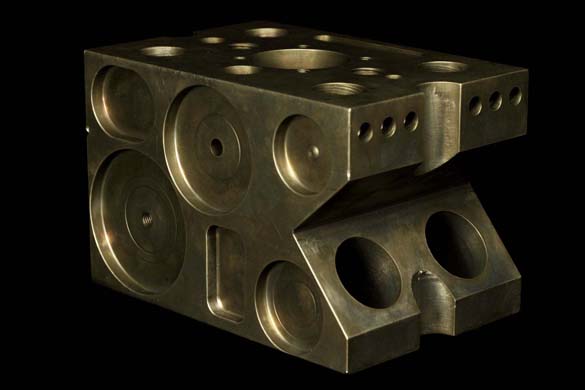
Figure 1: Difficult to access geometries render the cleaning process more difficult. Easy-to-clean alternatives that facilitate safe and economic cleaning can already be determined during the design stage.
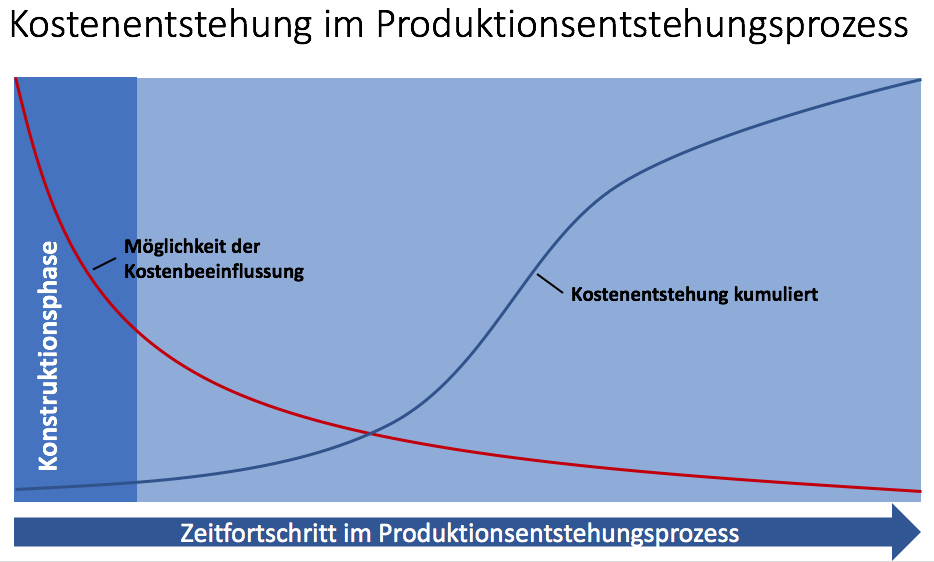
Figure 2: The design phase offers the greatest opportunities for influencing costs.
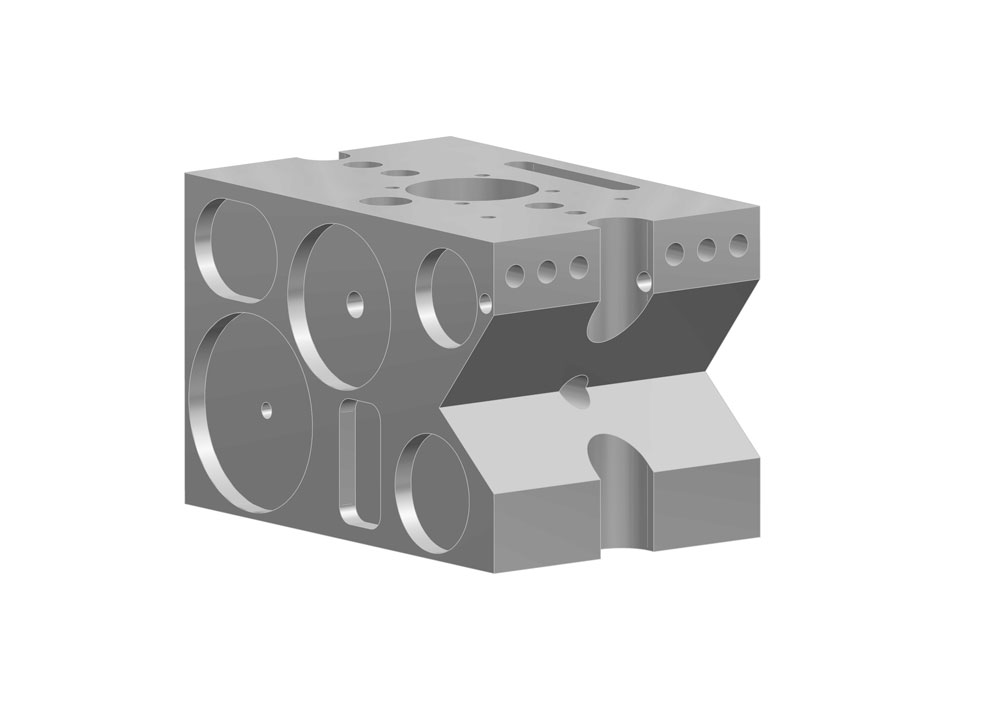
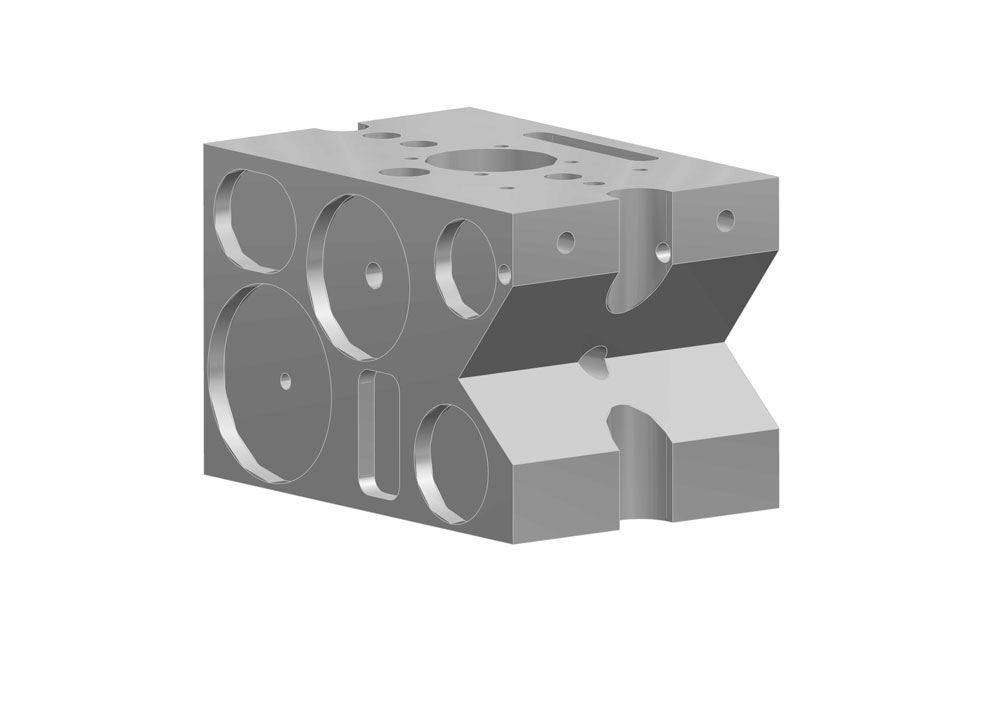
Drawing 3 and 4: Depending on the workpiece function, edges, recesses and blind holes may be necessary. These can be designed in a in a flow-optimised or less flow-optimised manner. Design engineers should consider and exhaust all possibilities of designing a workpiece in a flow-optimised manner. Although the example on the right dispenses with recesses, it exhibits angular and thus less easy to clean recesses.
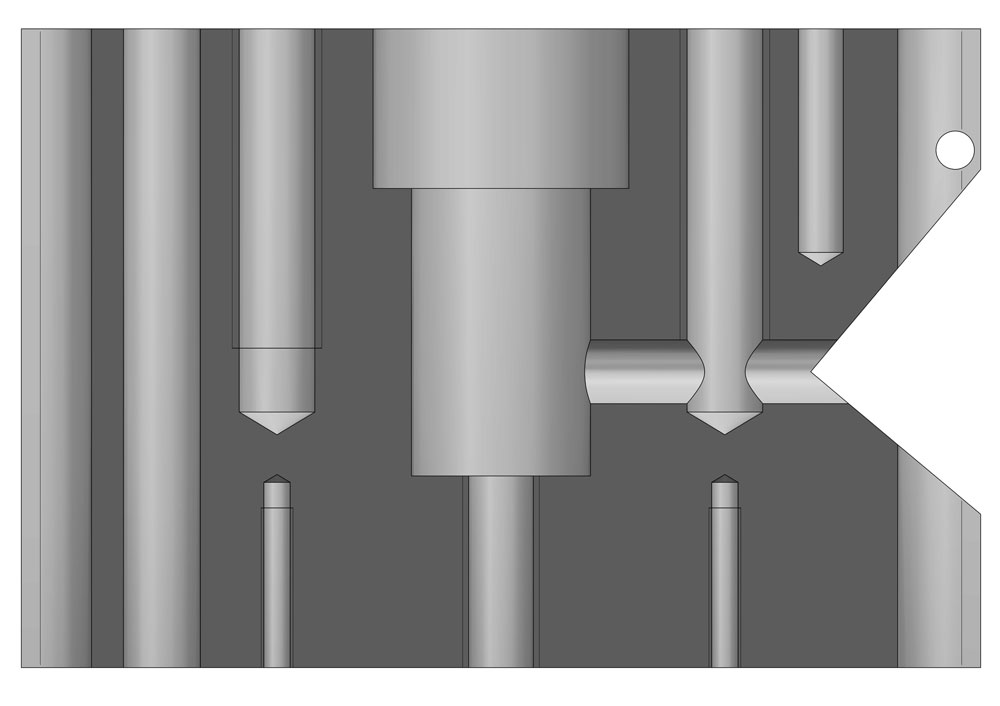
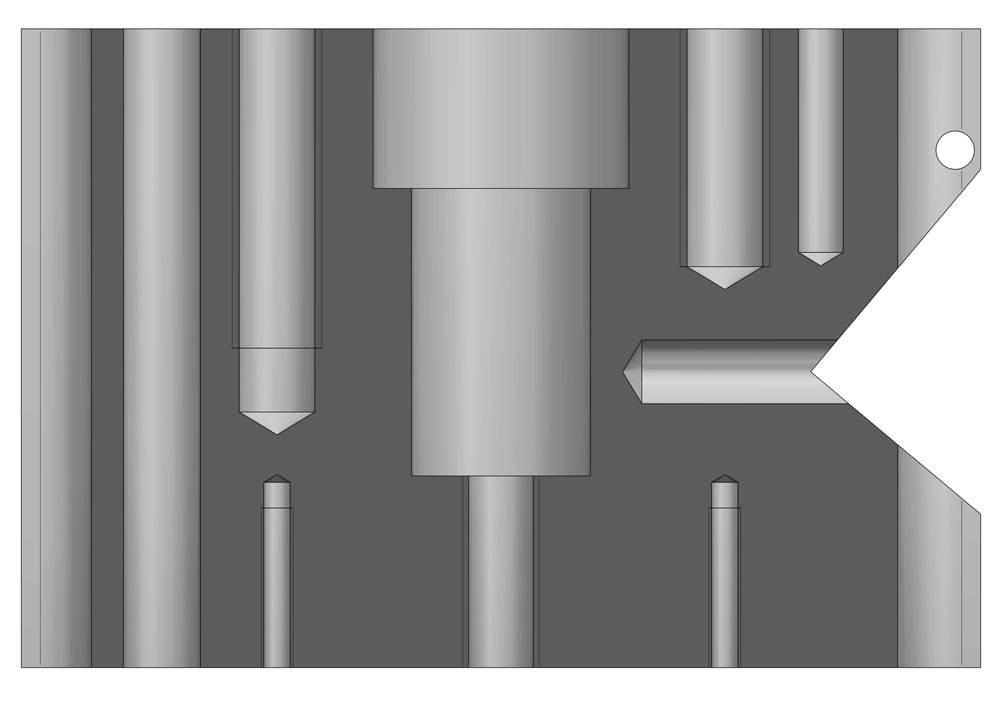
Drawing 5 and 6: Contaminations must be accessible. This is made possible by component geometries that are designed in a flow-optimised manner. The design example on the left shows partly continuous bores that guarantee that the cleaning agent can flow through the ducts and reach the contaminations. By contrast, the bores in the example on the right are mostly designed as blind holes - this is less advantageous as far as fluid mechanics is concerned.
Information about the authors:
Thomas Gutmann is Head of Customer Support; Stefan Schaal is Head of Product Development and Design at MAFAC.
back to last page
back to overview


